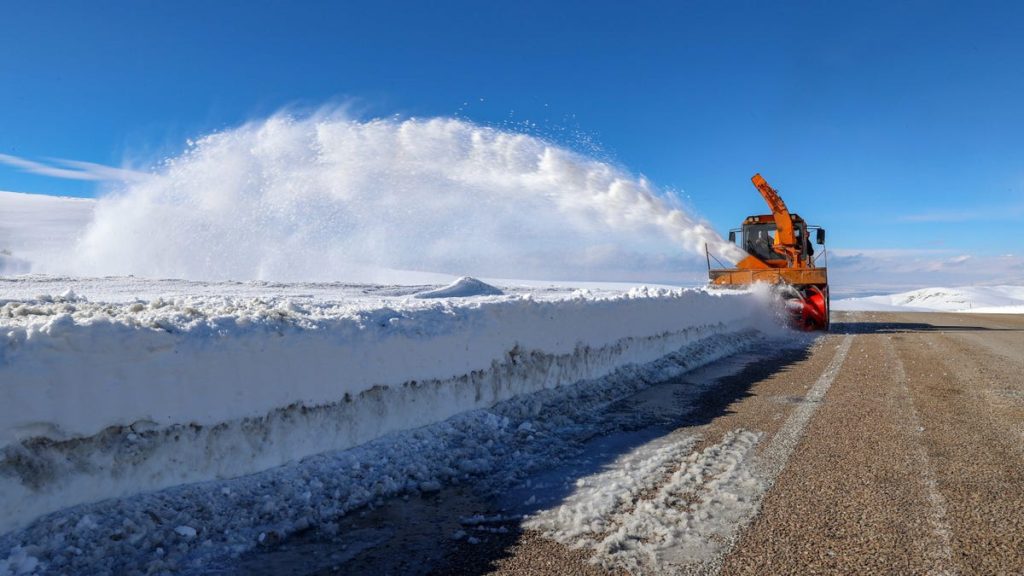How State DOTs Deal With Snow on the Roads in Winter

Photo: Ozkan Bilgin/Anadolu Agency (Getty Images)
This time of year, driving through snow and over ice is nearly inevitable for most drivers in the United States. According to the Federal Highway Administration, 70 percent of the country’s roads are in areas that receive more than five inches of snowfall each year. Almost 70 percent of the U.S. population lives in the same area.
The FHWA also states that “over 1,300 people are killed and more than 116,800 people are injured in vehicle crashes on snowy, slushy or icy pavement annually.” Consequently, winter highway maintenance is an important responsibility for transportation agencies across the United States. Keeping roads clear during winter weather conditions accounts for 20 percent of state DOT road maintenance budgets.
We’ll use Minnesota as an example of how that money is put into action. For state DOTs, the Minnesota Department of Transportation (MnDOT) is the gold standard for snow clearance. MnDOT leads a national research consortium dedicated to finding the best winter road maintenance equipment and methods called Clear Roads. The consortium includes 38 state departments of transportation.
First, it’s essential to know when and where it could snow. MnDOT has its own network of weather reporting stations. Each of its stations are located near a roadway and has sensors embedded in the pavement, the Road Weather Information System. The sensors measure subsurface temperature and salt concentration.
MnDOT | Anatomy of a winter storm
When systems determine that it will snow, operations begin to pretreat roads. MnDOT’s Local Road Resource Board guide lists rock salt, magnesium chloride and calcium chloride as anti-icing options to spread over roads before the storm. Salt brine is also a recommended choice for anti-icing. Solid anti-icing materials can bounce off the pavement. The goal isn’t explicitly meant to melt ice and snow, but to make it easy for plows to clear the pavement later.
G/O Media may get a commission
Once the snow begins to fall, the snow plows get to work. State DOTs have their own core fleet of snow plows and seasonally contract independent companies to expand their capacity. Minnesota has an automatic vehicle location system to track where their plows are in real time and where they have been. The plows are dispatched based on the road’s importance and condition.
The plows don’t only clear snow and ice. They also lay down more materials to de-ice the road surface. Occasionally, sand is mixed in to increase traction for drivers. I’ve only scratched the surface for winter road maintenance. Admittedly, there are mountains upon mountains of operations manuals and academic research on the topic.



